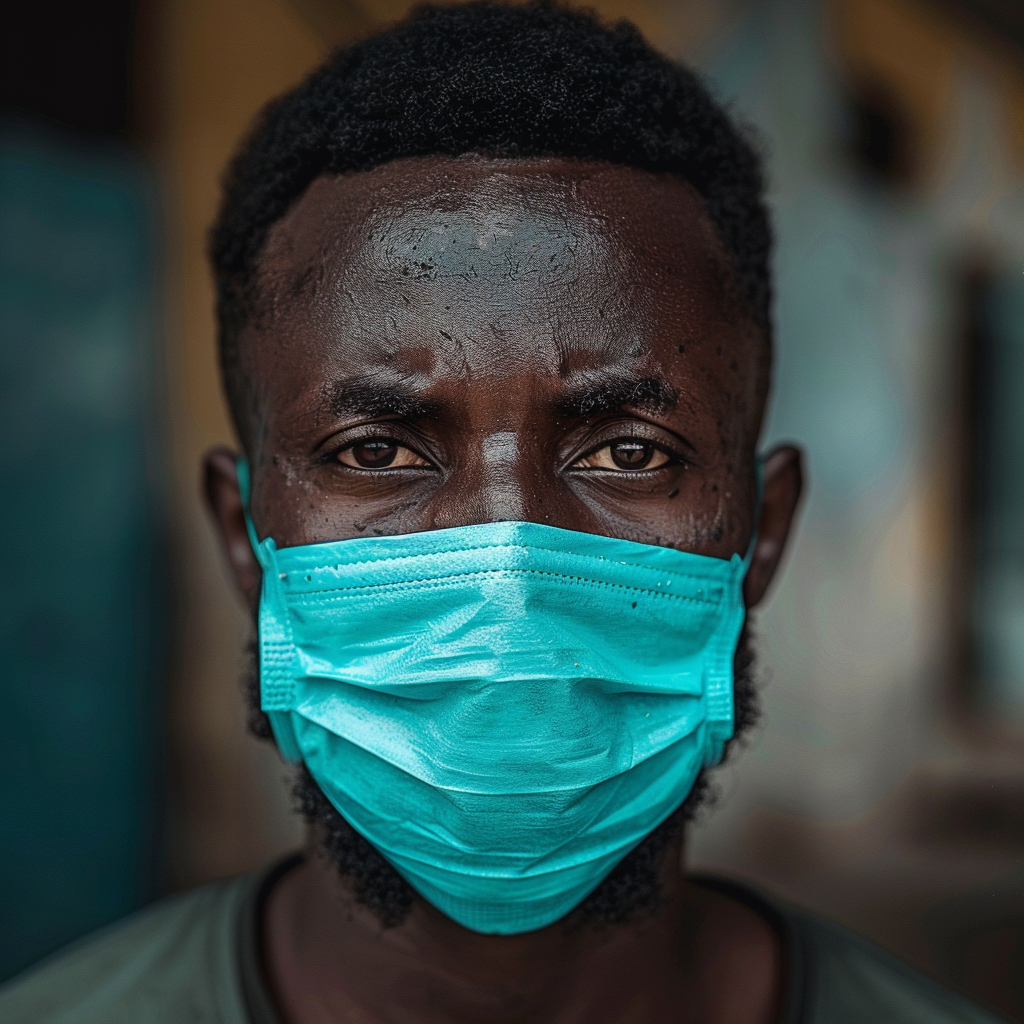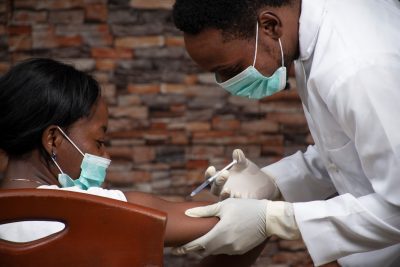The Marburg virus, often referred to as the “bleeding eye” virus, is currently causing concern as it circulates in Rwanda. With a high mortality rate and alarming symptoms, health officials are urging caution, especially for travelers. The U.S. State Department and the Centers for Disease Control and Prevention (CDC) have issued warnings regarding travel to affected regions, highlighting the seriousness of this outbreak.
Understanding Marburg virus disease
Marburg virus disease is a rare and severe viral hemorrhagic fever that affects both humans and non-human primates, including monkeys and apes. It is caused by infection with orthomarburgviruses, which are primarily found in the Egyptian rousette bat. The virus can spread from bats to humans and subsequently from person to person through exposure to blood and bodily fluids.
Dr. Thomas Russo, an infectious disease expert, notes that Marburg is related to Ebola, another deadly virus. The first known cases of Marburg virus disease were reported in 1967 in Germany, where researchers fell ill while handling infected monkeys imported from Africa. Since then, outbreaks have primarily occurred in sub-Saharan Africa.
The history of Marburg outbreaks
Understanding the historical context of Marburg virus outbreaks helps put the current situation in perspective. Since its discovery, several significant outbreaks have occurred:
- 1967: Initial outbreak in Germany and Yugoslavia
- 1975: Cases in South Africa
- 1980: Outbreak in Kenya
- 1998-2000: Large outbreak in the Democratic Republic of Congo
- 2004-2005: Outbreak in Angola
- 2017: Cases in Uganda
- 2024: Current outbreak in Rwanda
Recognizing the symptoms
Initial symptoms of Marburg virus are often non-specific and resemble those of other illnesses. According to the CDC, early signs typically appear 2-21 days after exposure and include:
Early symptoms:
- Fever and chills
- Intense headache
- Muscle aches and fatigue
- Rash with flat and raised bumps
- Chest pain and shortness of breath
- Sore throat
- Nausea, vomiting, and diarrhea
Advanced symptoms:
- Severe bleeding from multiple sites
- Liver and multi-organ failure
- Delirium and confusion
- Shock
- Central nervous system involvement
The current situation in Rwanda
Health officials in Rwanda declared a Marburg virus outbreak in late September. As of late October, there have been 66 confirmed cases and 15 deaths, with nearly 80% of the cases reported among health care workers in two facilities. The CDC has issued a travel alert, advising individuals to practice enhanced precautions if they must travel to Rwanda.
Transmission and risk factors
Understanding how Marburg virus spreads is crucial for prevention:
Primary transmission:
- Direct contact with infected bats
- Exposure to caves or mines inhabited by Marburg-carrying bats
- Handling infected non-human primates
Human-to-human transmission:
- Direct contact with bodily fluids of infected individuals
- Exposure to contaminated medical equipment
- Handling deceased victims without proper protection
- Sexual transmission from recovered patients
Treatment approaches
Currently, there are no specific treatments for Marburg virus disease. Medical care focuses on supportive measures:
Supportive care includes:
- Maintaining hydration through oral or intravenous fluids
- Managing oxygen levels and blood pressure
- Treating secondary infections
- Addressing specific organ complications
- Blood product transfusions when necessary
Experimental interventions
While no approved specific treatment exists, several experimental approaches are under investigation:
Current research:
- Antiviral medications
- Immune plasma from survivors
- Monoclonal antibody treatments
- Experimental vaccines
Prevention strategies
Preventing Marburg virus transmission requires multiple approaches:
Personal protection:
- Avoid contact with bodily fluids of infected individuals
- Use appropriate personal protective equipment in health care settings
- Practice proper hand hygiene
- Avoid contact with potential animal hosts
Community measures:
- Rapid identification and isolation of cases
- Contact tracing and monitoring
- Safe burial practices
- Public health education
Impact on health care systems
The current outbreak has significantly affected health care workers:
Challenges faced:
- High infection rates among medical staff
- Limited protective equipment
- Strain on health care facilities
- Need for specialized training
Global health response
International organizations are coordinating efforts to contain the outbreak:
Response measures:
- WHO deployment of emergency teams
- CDC technical assistance
- Resource mobilization
- Surveillance enhancement
Travel considerations
For those considering travel to affected regions:
Travel advisories:
- CDC travel alert levels
- State Department recommendations
- Required health screenings
- Emergency planning requirements
Future outlook
While the current outbreak is serious, several factors influence its potential spread:
Containing factors:
- Improved surveillance systems
- Better understanding of the virus
- Enhanced international cooperation
- Rapid response capabilities
Conclusion
The Marburg virus outbreak in Rwanda presents a significant public health challenge, particularly for the region’s health care workers and residents. While the situation requires careful monitoring and response, the risk to most individuals outside the affected area remains low. Understanding the virus, its transmission, and prevention measures is crucial for maintaining perspective and implementing effective control strategies.
For those not traveling to affected areas, the immediate threat remains low, but staying informed about global health situations is always prudent. The outbreak serves as a reminder of the importance of robust public health systems and international cooperation in managing emerging infectious diseases.













